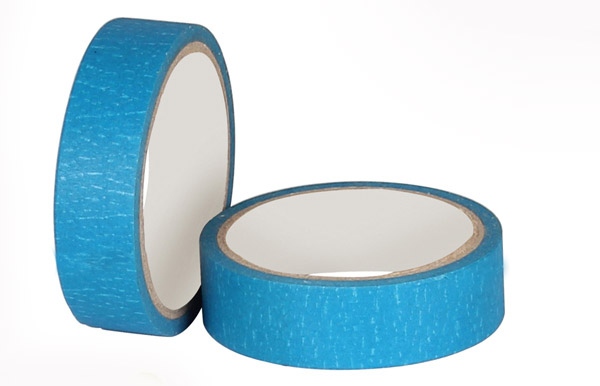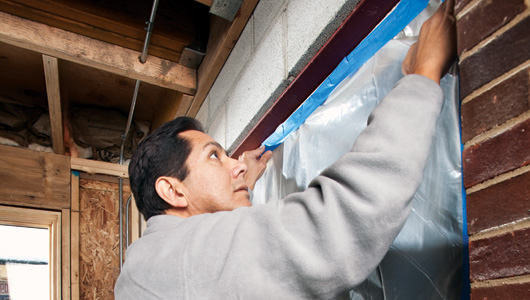How to take off the blue tapes for paintings
Due to the recent technological advances, several households made our new blue tapes take over the market, displacing the commonly used paper tape for these tasks. They come in different sizes and are applicable on almost any type of surface (except for imitation finishes and some lacquers) and since it’s less sticky than others, it slowly started to displace the ones that, for a long time, were the most sold tapes in the painting industry.
Some tips on how to remove blue tapes

Tips on how to remove the blue tape:
Our blue tapes is made for medium adhesion, which is ideal for the protection of recently-painted walls, metals, wood, glass ornaments and surfaces.
Unlike other brands of adhesive tape sold in the market, our blue tape has a smoother adhesion, and its performance is less affected by the exposure to sunlight. Even if you keep it on the walls for more than 2 weeks, you can still successfully remove the blue tape with no damages to the surface of the wall, and without leaving any residue.
One simple way of testing this tape is to try it on an inconspicuous surface and check its adhesion. It is also important to work in small lengths and to avoid stretching the tape during the application process. The following are some simple steps to take this tape off the surface of the wall professionally:
Step # 1: The ideal temperature
Remove the tape during the day. When removed early in the morning, the low temperature can increase the brittleness of the tape, which causes frequent breakage. With a very hot temperature, you are at risk of stretching the tape and leaving adhesive behind.
Step # 2: Mark Paint Paint
Before removing the adhesive tape from the wall, allow the paint to dry completely. If you try to pull on it when the paint is still wet or damp, chances are it may soil the clean line.
Step # 3: Let the paint dry
Check the pail for the paint’s actual drying time. Most brands of water-resistant paint take 1-2 hours. You can try touching the paint lightly with your fingers to check for dryness. If it’s sticky, wait another half hour before re-trying. *
Step # 4: Remove the bleu tape
Once it has dried, you can start with the actual removal of the blue painter’s tape. Locate the edge of the tape and pull it with one hand. Pull some of the tape and fold it back on itself, preferably at a 45° angle.
Step # 5: Keep ideal Speed
Continue pulling with one hand and use the remaining hand to guide the direction of the tape for smooth removal. If you notice any adhesion residue that remains behind the wall, then pull the tape perpendicularly (90 °) to the surface of the painted wall.
Step # 6: Clean Tape Used
Keeping a steady rhythm is also important in successfully eliminating blue ribbon. Pulling the tape too slowly might lead to leaving the adhesive behind, while taking it off too fast might cause tape tearing.

In order to get proper results, remove it within 14 days of application. Otherwise, the adhesive residue can remain on the surfaces, causing your interior paint to look dirty, and most likely, you may need another treatment to remove the adhesive. Therefore, in order to avoid additional work, consider removing the tape as soon as the paint has dried.
Fuentes: Decoración de Interiores














